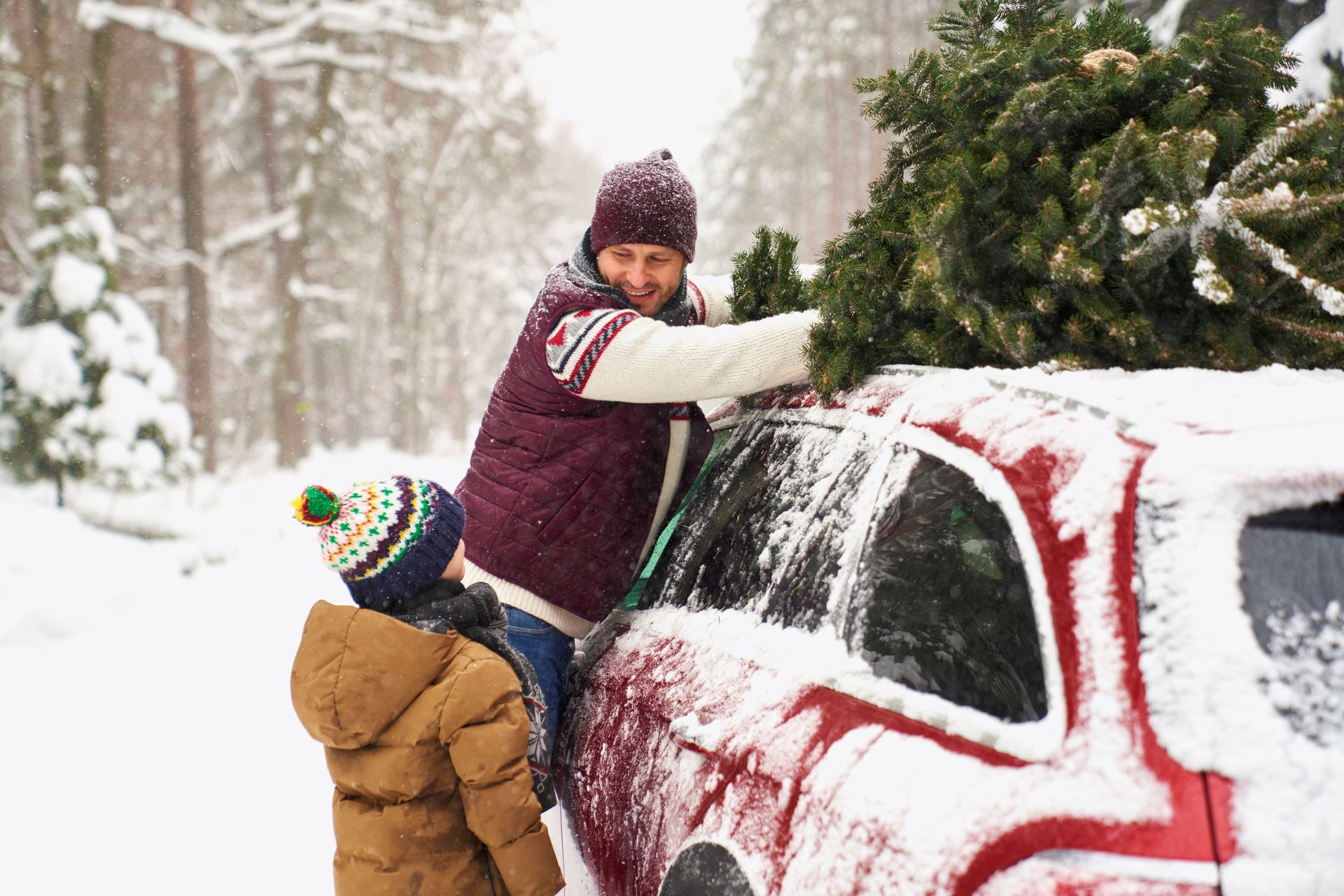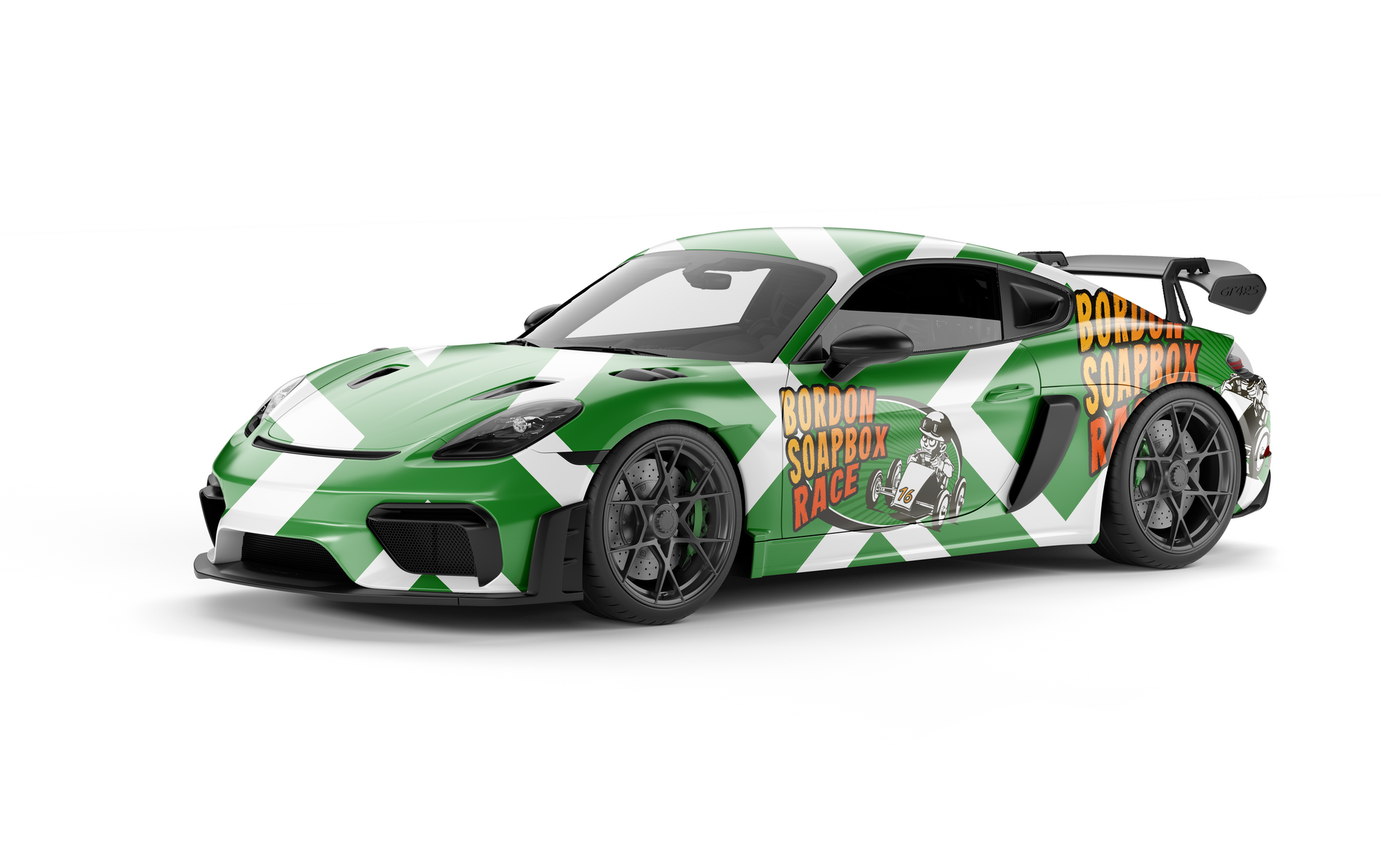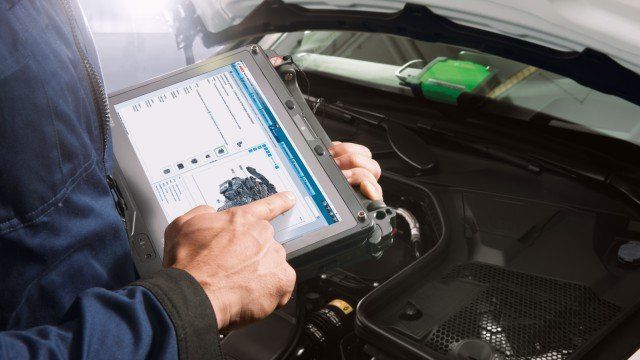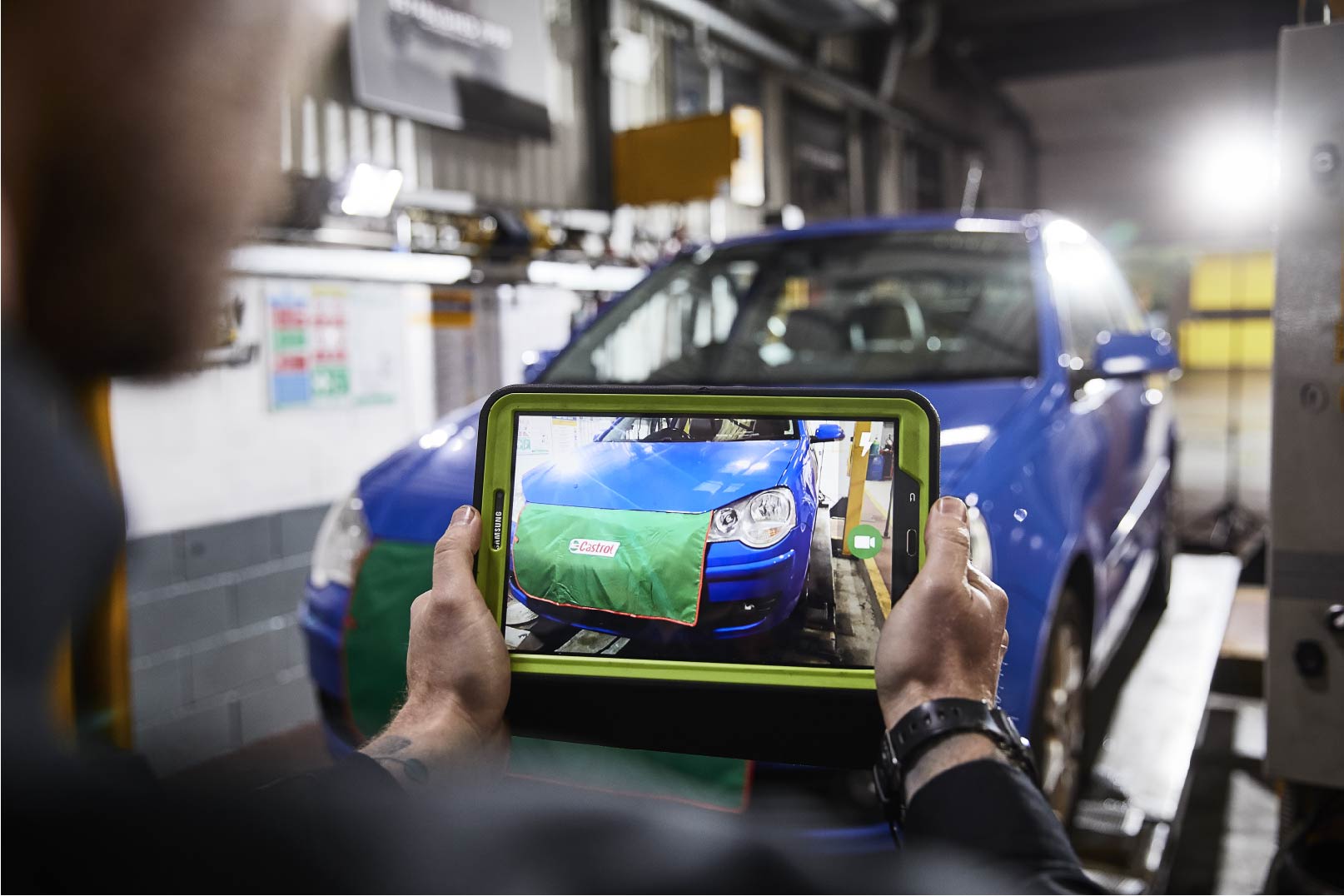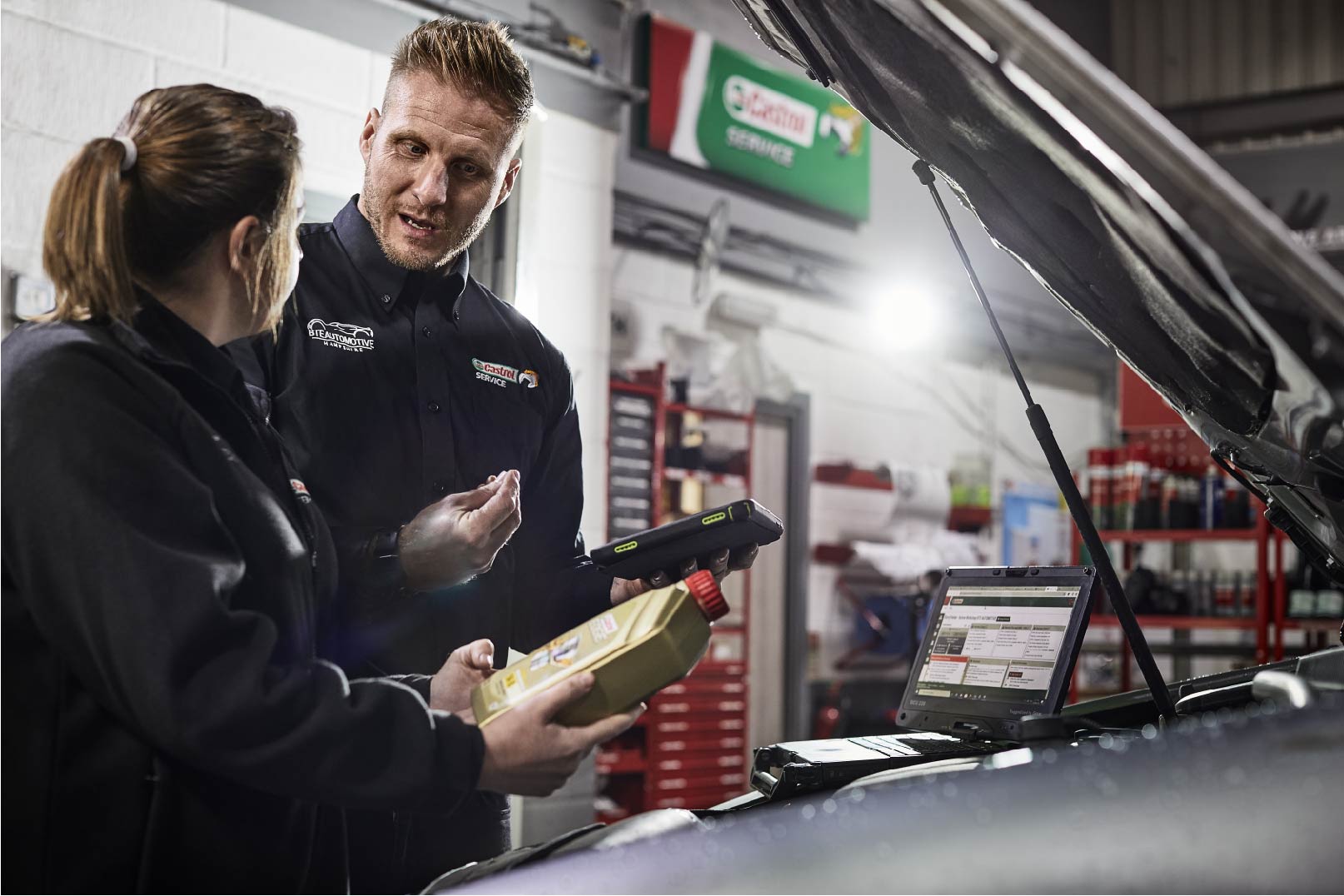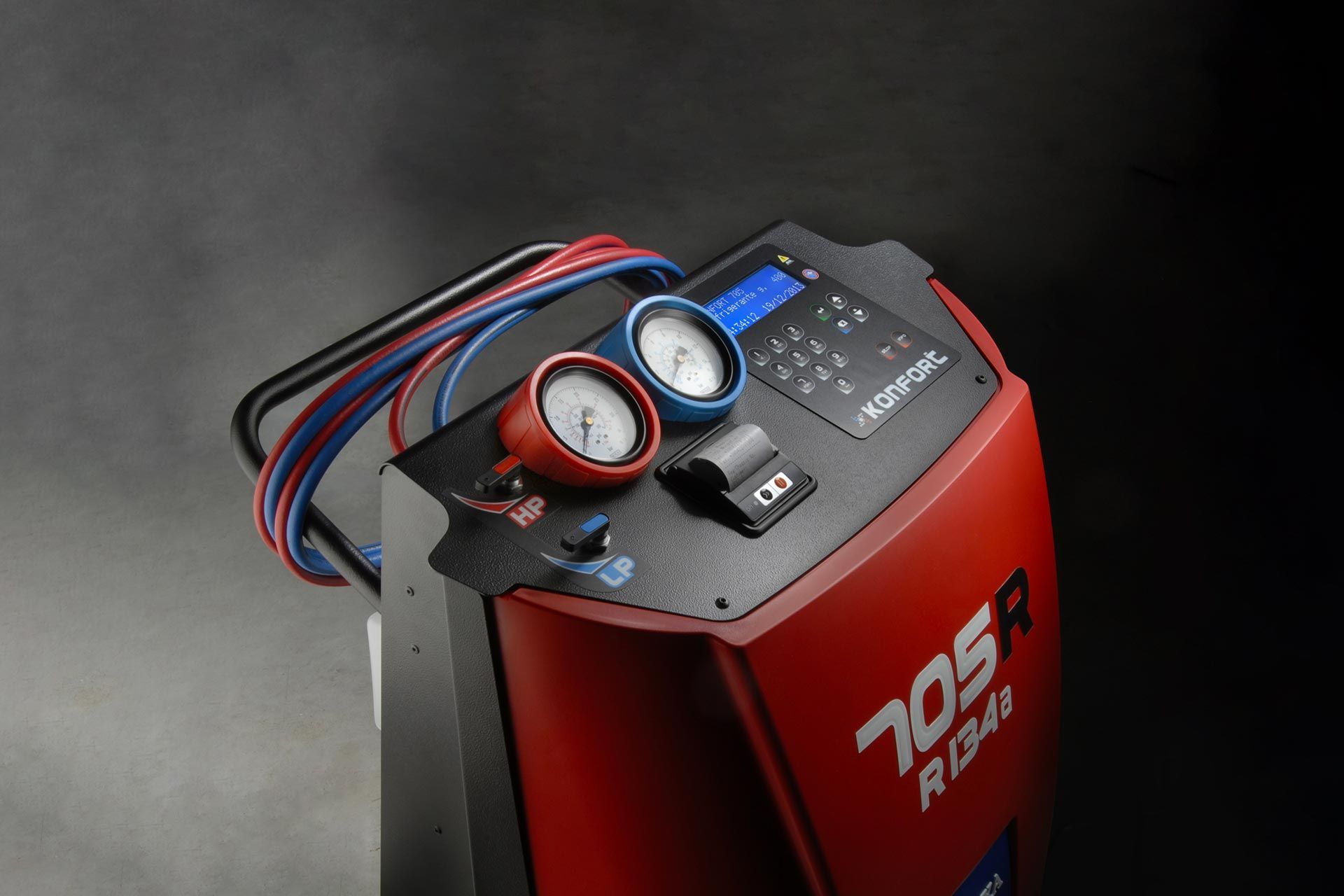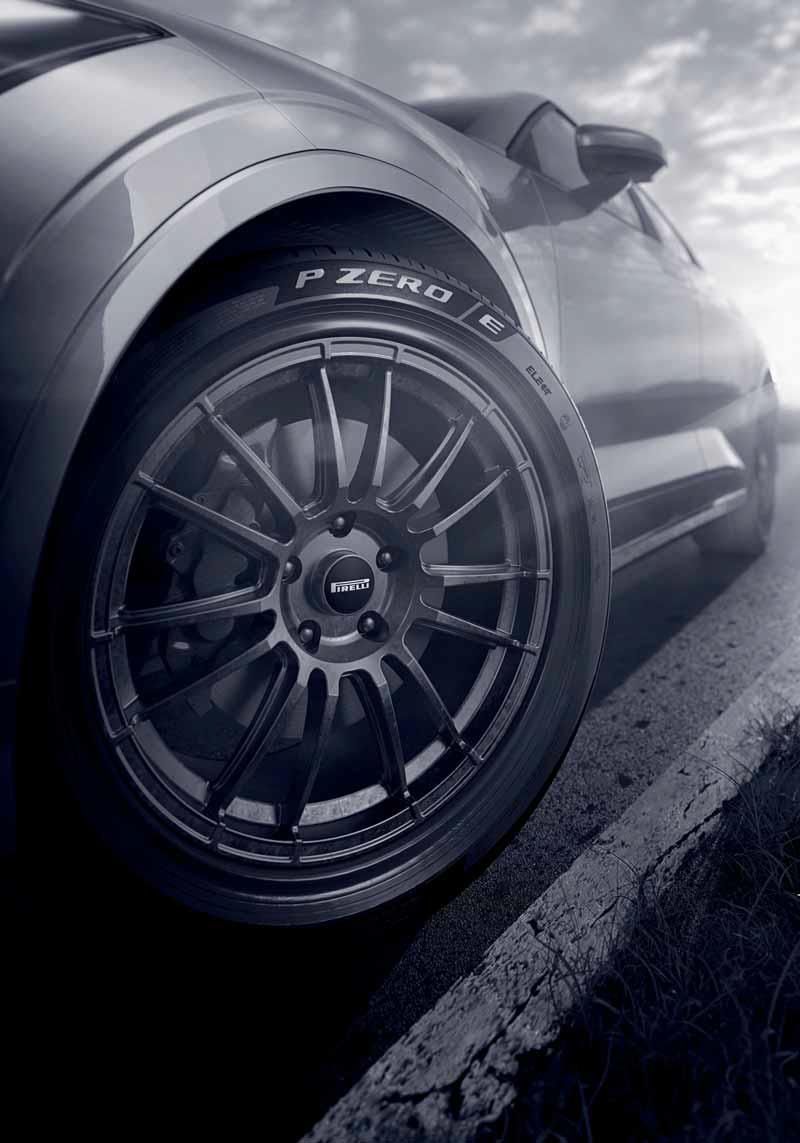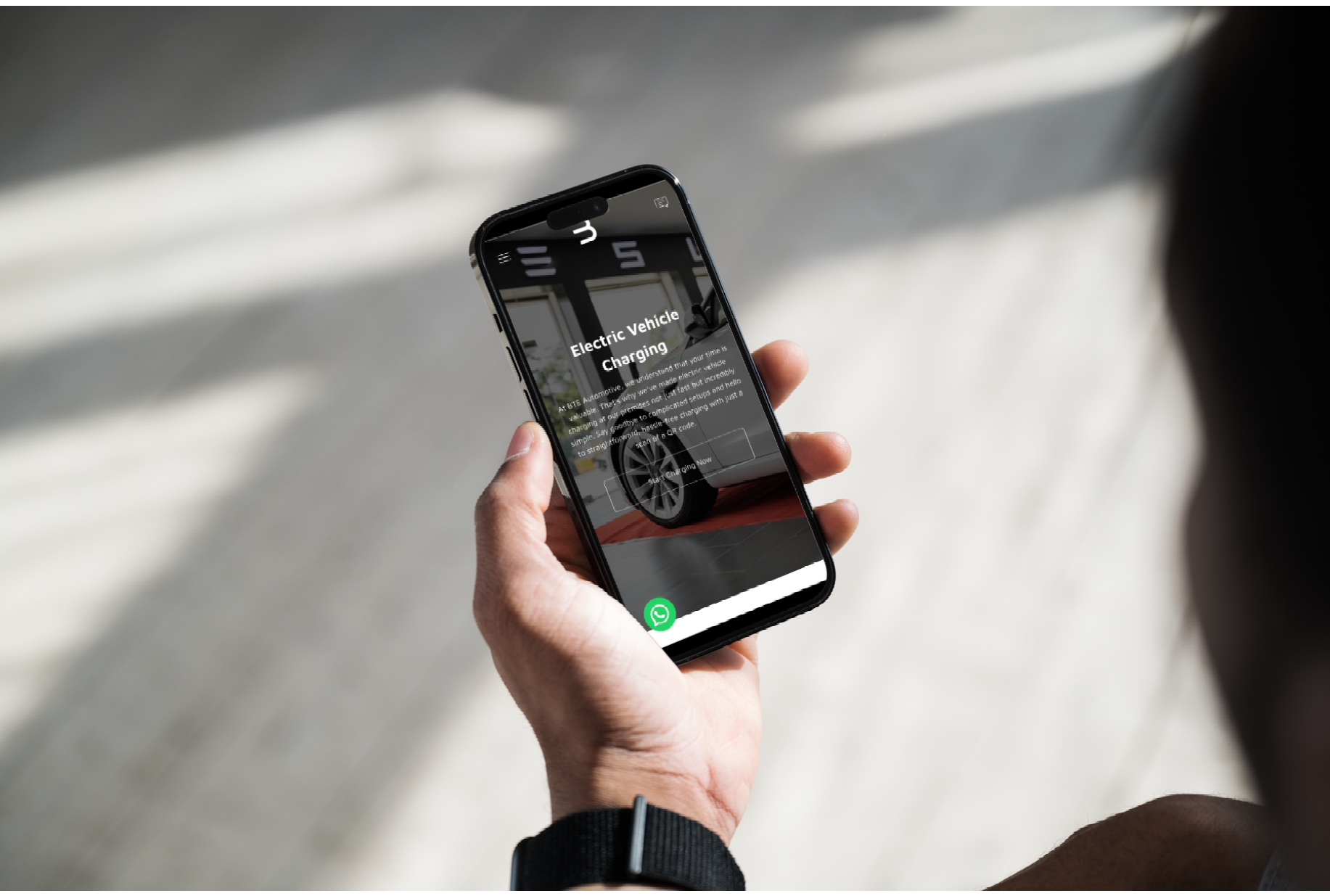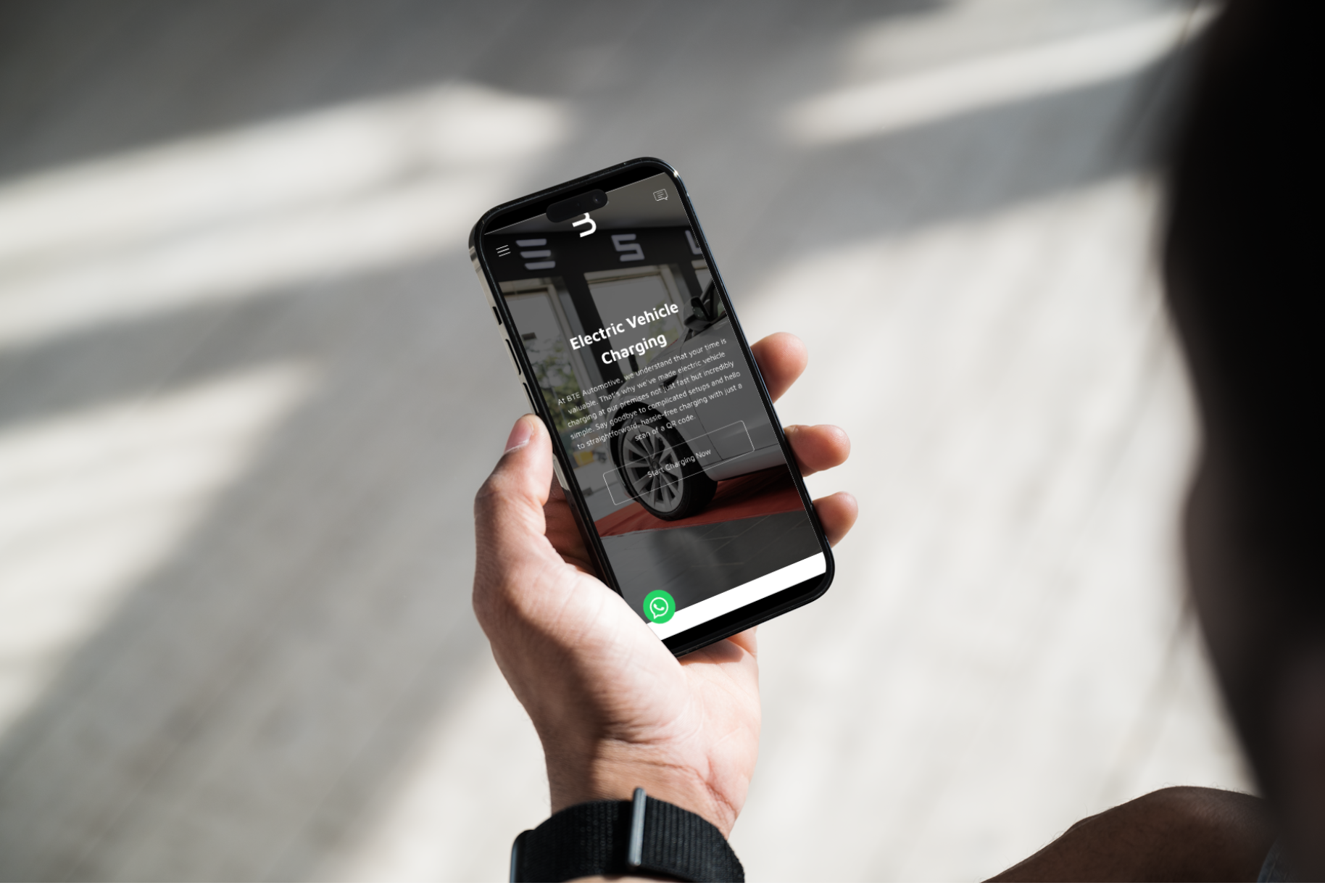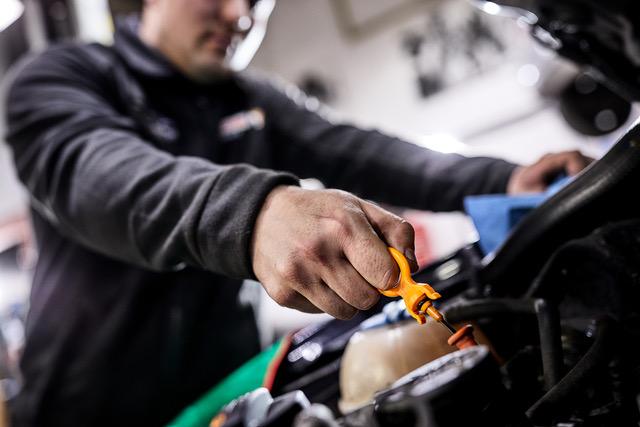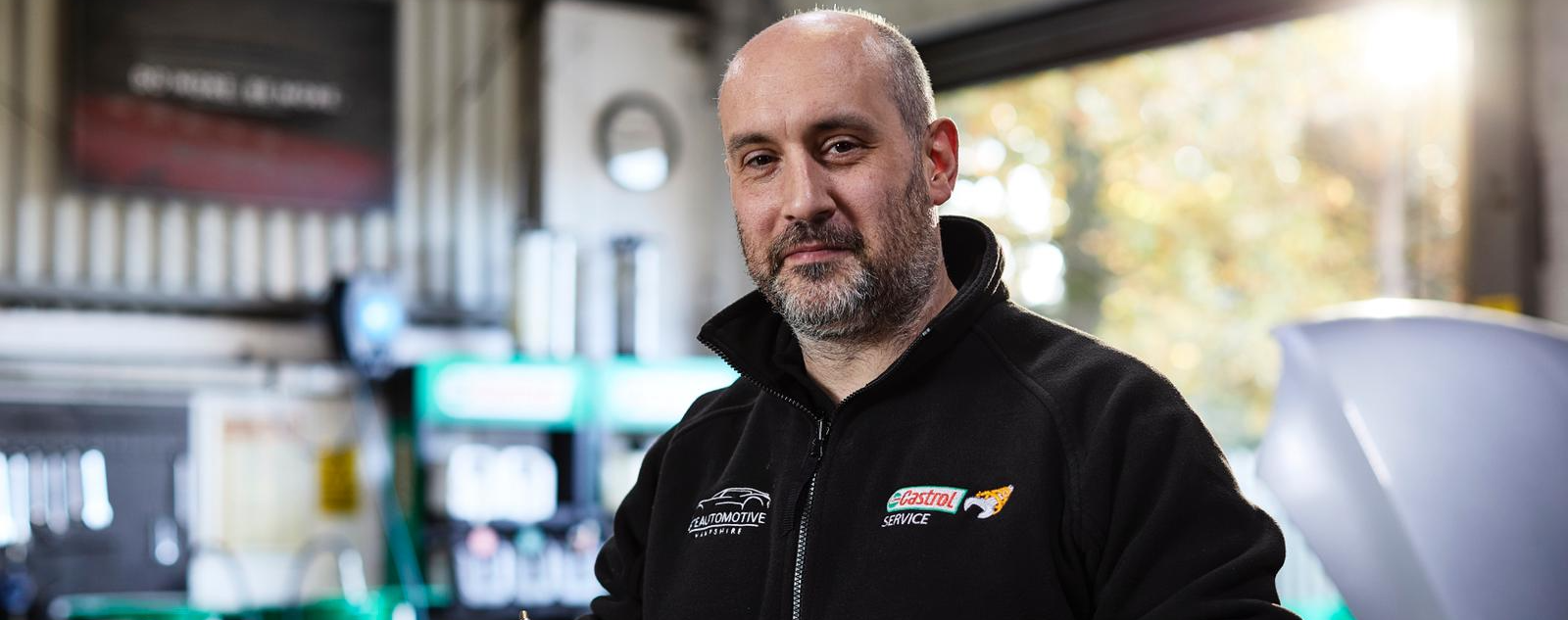Driving in Ice and Snow this season
Pirelli provide seasonal advice on Winter Tyres
As we enter our final week in the run-up to the Christmas break and our hopes for snow increase - we want to share with you all some vital advice that could extend your knowledge and save a life!
Grip on snow and ice is close to zero, consequently the slightest bend or braking at low speed can become risky for motorists caught off-guard.
This is why preparing for winter with the right equipment and learning the key rules for dealing with snow-covered roads is important. Winter tyres are the first requirement. They must be fitted on all four wheels. Wear and pressure must be regularly monitored with the help of your trusted tyre repairer. But that is not enough. The following simple tips can be crucial to ensure you make it home safely.
EYES ON THE ROAD
The first step is to analyse of the conditions of the road. Winter tyres are an effective help for the whole cold season, also on dry or wet tarmac. The blends become more effective at average temperatures under 7°C allowing the tyres to "cling" to the road. Their best action is achieved on snow or ice, but prudence is the word. Hazards are limited by travelling at a constant pace on snowy road but what happens if you have to brake suddenly? And what if the bend is covered with an unpredictable layer of ice?
PLAY IN ADVANCE
When the grip is low, braking distances are longer and traction and control decrease. Consequently, managing an emergency situation not in the right conditions means taking more risk than necessary. Increase safety distances and slow down, particularly on bends.
BE AWARE OF SKIDDING
A snow-covered downhill road is always very risky. Low grip, paired with the mass of the vehicle, causes inertia and induces a sort of "skidding effect" that reduces braking distance. The heavier the car, the greater the risk. This is why even SUVs and off-road vehicles must fit winter tyres even if they are all-wheel drive. Furthermore, when possible, it is better to shift down and exploit the engine brake to slow down instead of relying on the braking system.
CHOOSE THICKER SNOW
In case of thick snow, it is better not to tread in the footsteps of other cars. On fresh, plentiful snow, the tracks which limit manoeuvres and "hold" the car preventing it from moving in case of need are formed.
EASY DOES IT
Because of low grip, all manoeuvres must be delicate. Sharp steering, for instance, prevents the tyres from imposing the necessary change of direction to the vehicle causing understeering. In other words, you want to steer, but the car goes straight.
Our team are always on hand for professional advice.
